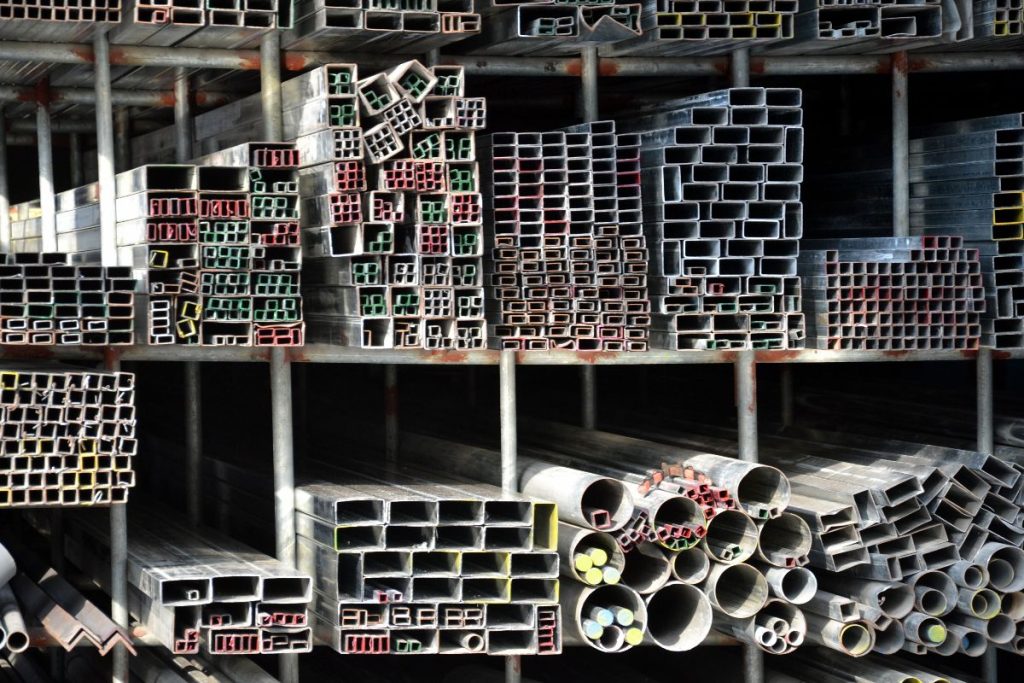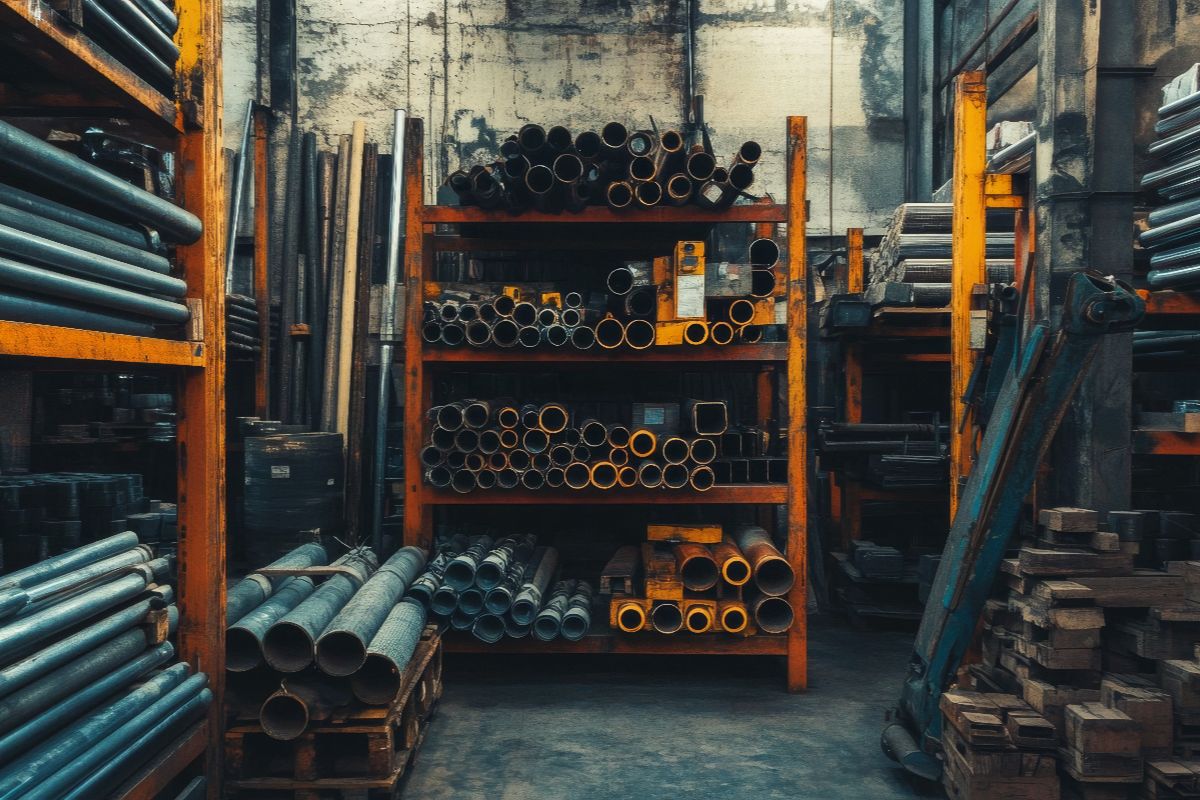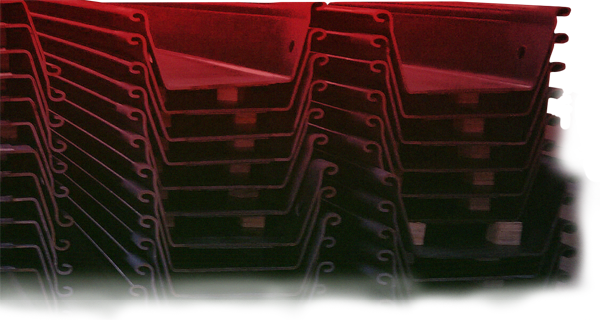Common Restocking Practices for Construction Supplies in the Philippines

Overview
- Efficient restocking of construction supplies is vital for maintaining productivity and controlling costs in large-scale projects across the Philippines.
- By optimizing storage systems and applying data-driven inventory management, procurement officers can prevent delays, reduce waste, and ensure continuous operations.
- With Metal Exponents Inc. as your trusted supplier, you gain reliable materials and seamless logistics that keep every project running efficiently.
In large-scale development projects, inefficient restocking slows progress and strains budgets. That is why, for procurement officers, it is essential to understand and implement proper restocking practices for construction supplies in the Philippines.
By adopting efficient, sustainable strategies, teams can better manage resources while minimizing downtime.
To answer how to improve construction supply consistency and reduce waste, this article explores the key restocking methods that drive construction efficiency in the Philippines.
Secure and Organized Storage

In construction, proper storage is more than just space—it’s about maintaining order and safety. Secure and organized storage is essential to keeping construction materials safe, accessible, and in good condition.
Ensure the Structural Integrity of the Warehouse
Maintaining structural integrity is especially crucial when stocking heavy construction supplies. A well-built warehouse prevents collapse or deformation under substantial loads, protecting valuable materials and ensuring smooth operations.
Proper engineering measures, such as reinforced foundations and wind bracing systems, are essential to help the facility withstand natural forces like typhoons and earthquakes.
Install Adequate Ventilation
Proper ventilation is essential to maintaining a safe and stable environment inside the warehouse, especially when storing construction materials prone to moisture damage.
Without sufficient airflow, humidity and condensation can accumulate, leading to mold growth, corrosion, and material degradation. All of these can compromise both inventory quality and structural safety.
An efficient ventilation system should regulate temperature and humidity levels. This can be achieved through mechanical solutions, like sidewall exhaust fans, or natural methods, like vents for passive airflow.
Store Materials Properly
Implementing tailored storage practices ensures that materials remain in optimal condition.
Each material type, like steel bars or tubings, has unique storage requirements related to temperature, humidity, and exposure. All of which must be managed carefully to avoid deterioration or loss.
By adhering to proper storage standards, procurement officers can reduce waste, lower replacement costs, and maintain a reliable inventory ready for immediate use in construction projects.
Implement Strict Security Measures
Securing construction supplies is essential to prevent operational losses. Given their high value and constant movement, warehouse inventories demand a well-coordinated security system within the premises.
Restricting entry to authorized personnel and enabling CCTV cameras for real-time remote monitoring ensures accountability and minimizes risks.
To establish a comprehensive safety network, construction projects can also set up alarm systems, motion detectors, and smoke sensors.
Inventory Management
Effective inventory management is at the heart of every well-organized construction project. It ensures materials are available when needed and operations stay well-coordinated.
Maintaining Ledgers for Detailed Tracking
Accurate material tracking begins with well-maintained ledgers that record every movement in and out of the warehouse. Whether physical or digital, these ledgers serve as the foundation for inventory accuracy. It helps prevent losses, overstocking, and supply shortages.
In addition, consistent documentation provides visibility into material usage, supporting informed decision-making and cost control across projects.
This transparency prevents miscommunication that may delay project operations.
Conduct Physical Inventory Counts
Regular physical inventory counts are essential to maintaining accuracy between recorded data and actual stock levels. This process ensures that warehouse records reflect real-time conditions.
Routinely reconciling inventory ledgers with physical stock helps project managers identify discrepancies early and prevent costly losses. It also strengthens internal controls and provides valuable insights for improving storage practices.
Forecast Plans for Future Needs
Data-driven forecasting allows teams to identify patterns in material consumption across projects and timelines. Using these insights, procurement officers can make informed decisions that prevent overstocking or stockouts.
To achieve accurate and efficient forecasting, you can leverage advanced inventory management software. These tools help analyze material wastage and align purchasing schedules with project demands.
Allocate Extra Safety Stock
Safety stock serves as a crucial cushion that stabilizes warehouse operations. These extra materials ensure operational continuity even when unforeseen challenges arise, especially for large-scale projects.
Yet, this should be managed strategically. Procurement officers need to balance readiness with the financial costs of carrying extra inventory.
To optimize allocation, you can calculate ideal safety stock using the following formula:
Safety Stock = (Maximum Lead Time – Average Lead Time) × Average Demand.
Easy Tips in Restocking and Handling Construction Supplies in the Philippines

Managing construction supplies doesn’t have to be complicated; it just needs structure and consistency. Here are practical tips to make restocking and handling easier for large-scale projects.
- Use an inventory management system: Implement a reliable system to track your materials, set reorder points, and prevent overstocking or shortages. This helps ensure timely restocking and efficient use of resources.
- Separate materials accordingly: Group similar materials together and keep incompatible items apart to avoid chemical and mechanical interactions that could compromise material quality.
- Follow proper stacking methods: Stack heavier materials at the bottom to prevent damage, such as dents, and preserve surface integrity.
- Ensure all workers are properly trained: Employ staff with training in proper material handling, including safe lifting techniques for heavy items, to promote operational efficiency and maintain a safe working environment.
Key Takeaway
Today’s construction challenges demand smarter solutions. Streamlined restocking practices powered by effective organization and data-driven decisions make all the difference in your operations.
If you need a reliable partner for your construction supply needs, Metal Exponents Inc. makes procurement fast, efficient, and hassle-free. We provide high-quality materials, dependable delivery, and strong logistical support to keep your projects running smoothly and on schedule. Reach out to us today!


